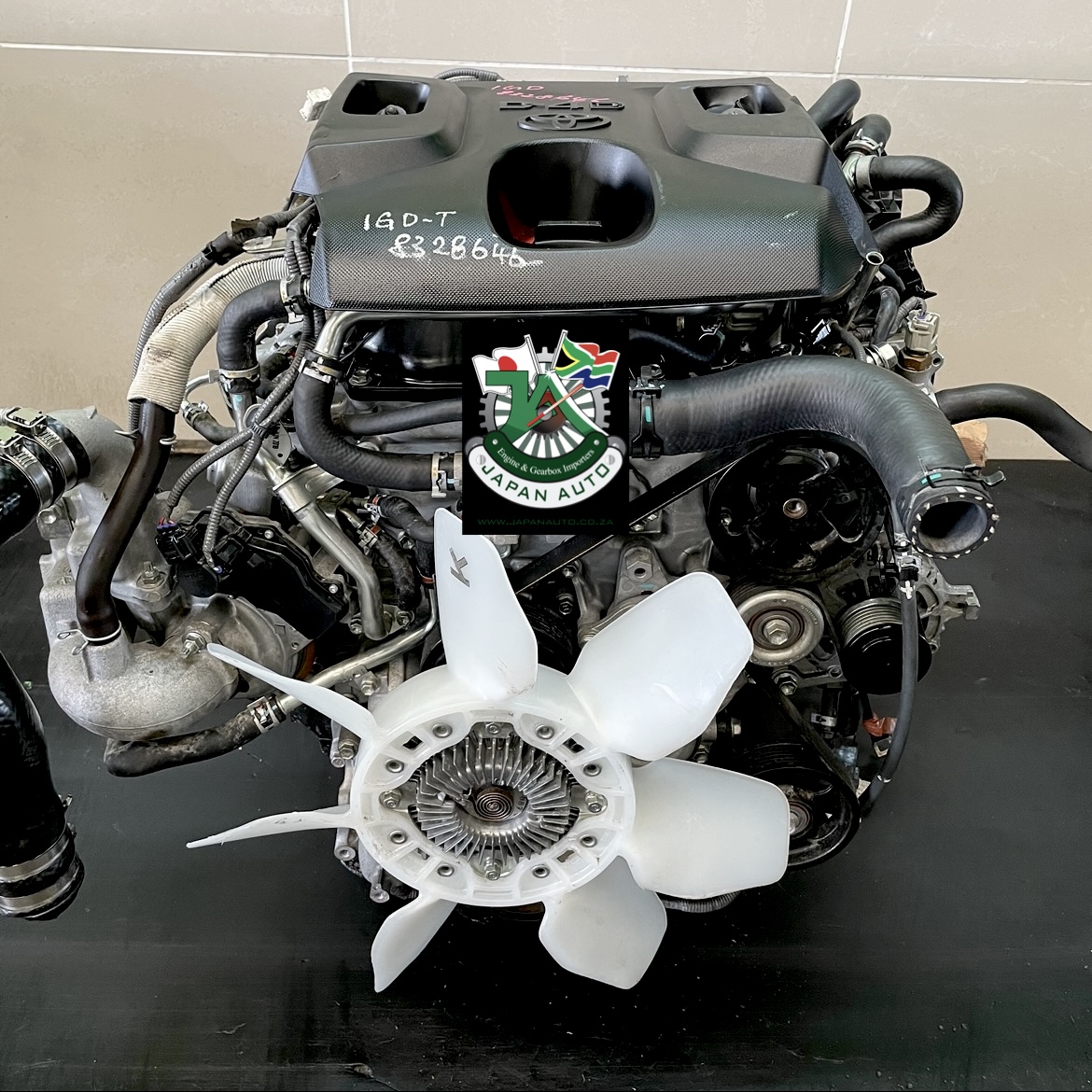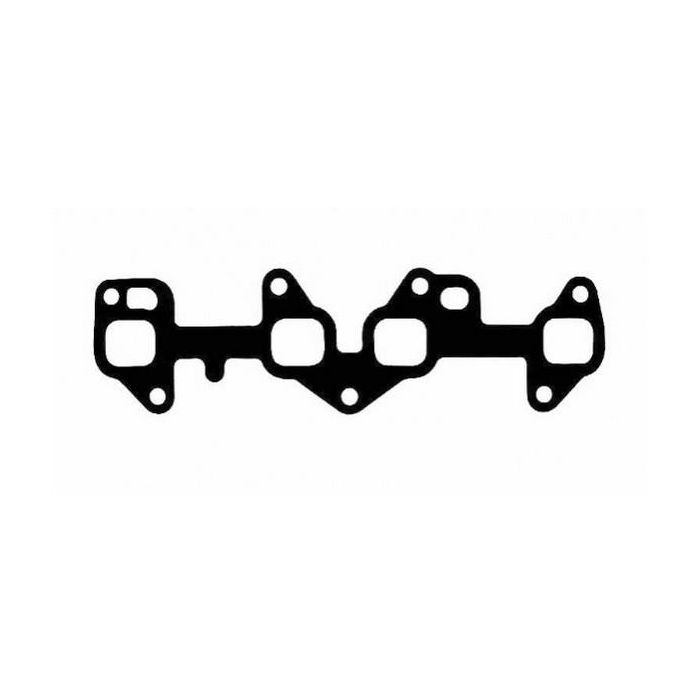Explore the Most Current Fads in Engine Modern Technology Through Tazz
In the rapidly evolving landscape of automotive modern technology, Tazz stands at the center, highlighting considerable developments in engine systems that prioritize both innovation and sustainability. From crossbreed engines that enhance gas effectiveness to the development of hydrogen fuel cells, the fads forming modern powertrains are not only improving efficiency but additionally addressing crucial ecological difficulties.
Hybrid Engine Innovations
Hybrid engine innovations stand for a crucial shift in vehicle innovation, combining the advantages of inner combustion engines with electric propulsion systems. This combination not only enhances gas performance but additionally decreases emissions, meeting significantly rigorous environmental laws. By using both power sources, hybrid engines can maximize performance, supplying power when needed while saving gas during much less demanding motoring problems.
Current advancements in crossbreed modern technology include renovations in battery efficiency and regenerative stopping systems. These technologies enable better energy recovery during slowdown, which can be rerouted to assist in acceleration or power accessory systems. Additionally, makers are concentrating on small layouts and light-weight materials to make best use of the efficiency of hybrid powertrains.
The growth of plug-in hybrids has actually additionally increased the marketplace, enabling vehicle drivers to charge their cars using conventional electric outlets. This function frequently enables significant all-electric range, further decreasing reliance on conventional gas. tazz. As the automotive market remains to develop, hybrid engine innovations are expected to play a critical duty in linking the void in between conventional cars and fully electric versions, giving a transitional remedy that accommodates varied consumer requirements and choices
Advancements in Electric Powertrains
The automobile landscape is rapidly evolving, with electrical powertrains becoming a leading force in lasting transport. Developments in electric vehicle (EV) modern technology are dramatically boosting customer, performance, and efficiency experience. Trick developments include enhancements in battery chemistry, which have raised energy thickness, decreased charging times, and expanded overall battery life.
Solid-state batteries, for instance, guarantee to revolutionize the marketplace by providing better safety and performance compared to traditional lithium-ion cells. Advancements in regenerative braking systems are making it possible for cars to recoup power during slowdown, adding to general efficiency.
Along with battery technology, electrical motor designs are becoming much more innovative. Innovations such as integrated motors and advanced thermal administration systems are helping to optimize power shipment and minimize weight, inevitably enhancing car characteristics.

Jointly, these breakthroughs emphasize the dedication to change in the direction of cleaner, extra reliable transport options, positioning electric powertrains at the forefront of automotive innovation.
The Surge of Hydrogen Gas Cells
Progressively, hydrogen gas cells are getting grip as a sensible choice to typical inner combustion engines and battery electric lorries. This modern technology takes advantage of the chemical energy saved in hydrogen, transforming it right into electrical power through an electrochemical reaction with oxygen. The main byproduct of this procedure is water, making hydrogen fuel cells an environmentally pleasant choice with zero exhausts at the tailpipe.

Automakers find more information are significantly buying hydrogen fuel cell technology, recognizing its capacity for long-range applications and fast refueling capacities that measure up to conventional fuels. Furthermore, markets such as sturdy transportation and public transportation are specifically well-suited for hydrogen fuel cells, where battery electric options may fail due to weight and range limitations.
As research study and investment remain to broaden, hydrogen fuel cells are poised to play a considerable function in the future landscape of clean transportation and energy options.
Enhancements in Internal Burning Engines
Innovations in inner burning engine (ICE) technology are changing standard cars to meet modern-day environmental standards and efficiency expectations. Straight fuel shot, for instance, permits for better atomization of fuel, leading to more full burning and improved power outcome.
Furthermore, turbocharging has obtained prestige, permitting smaller engines go right here to deliver greater performance without the weight of larger engines - tazz. This technology not only enhances efficiency but also adds to decrease fuel consumption. Variable valve timing systems are additionally being refined, allowing engines to adapt to numerous driving conditions for boosted torque and responsiveness
Furthermore, the use of light-weight materials in engine building and construction is ending up being standard, additional boosting fuel effectiveness by reducing total lorry weight. Engine control systems (ECUs) are significantly sophisticated, allowing real-time changes that optimize efficiency and exhausts.
These enhancements collectively symbolize an essential change in ICE technology, lining up with worldwide sustainability objectives while still providing the performance motorists anticipate from their vehicles. As the industry progresses, these renovations proceed to shape the future of traditional auto engineering.
Future Patterns in Engine Performance
Considerable innovations in engine performance are anticipated as manufacturers focus on integrating innovative innovations to fulfill strict environmental policies and consumer demands. The shift towards electrification, hybrid systems, and alternative fuels is reshaping the automotive landscape, driving innovations that enhance fuel economic climate and minimize discharges.
Among the crucial patterns is the application of advanced materials and manufacturing strategies. High-strength alloys and light-weight composites contribute to reduced car weight, therefore enhancing overall efficiency. In addition, the fostering of turbocharging and variable valve timing technologies enables boosted power result from smaller engines, even more enhancing gas economic situation.

Verdict
Advancements in crossbreed engine systems, electrical powertrains, and hydrogen fuel cells demonstrate a commitment to minimizing exhausts while boosting efficiency. Improvements in internal combustion engines and a focus on lightweight products add to total engine efficiency.
From hybrid engines that optimize fuel efficiency to the development of hydrogen fuel cells, the patterns forming contemporary powertrains are not just improving efficiency however likewise resolving essential ecological challenges.Crossbreed engine developments stand for a pivotal change in auto modern technology, combining the advantages of inner burning engines with electrical propulsion systems.Additionally, turbocharging has actually acquired prominence, allowing smaller engines to deliver higher efficiency without the weight of larger engines. In addition, the fostering of turbocharging and variable valve timing innovations permits for enhanced power outcome from smaller engines, additionally image source boosting gas economic climate.
Enhancements in interior burning engines and a focus on light-weight materials add to overall engine performance.